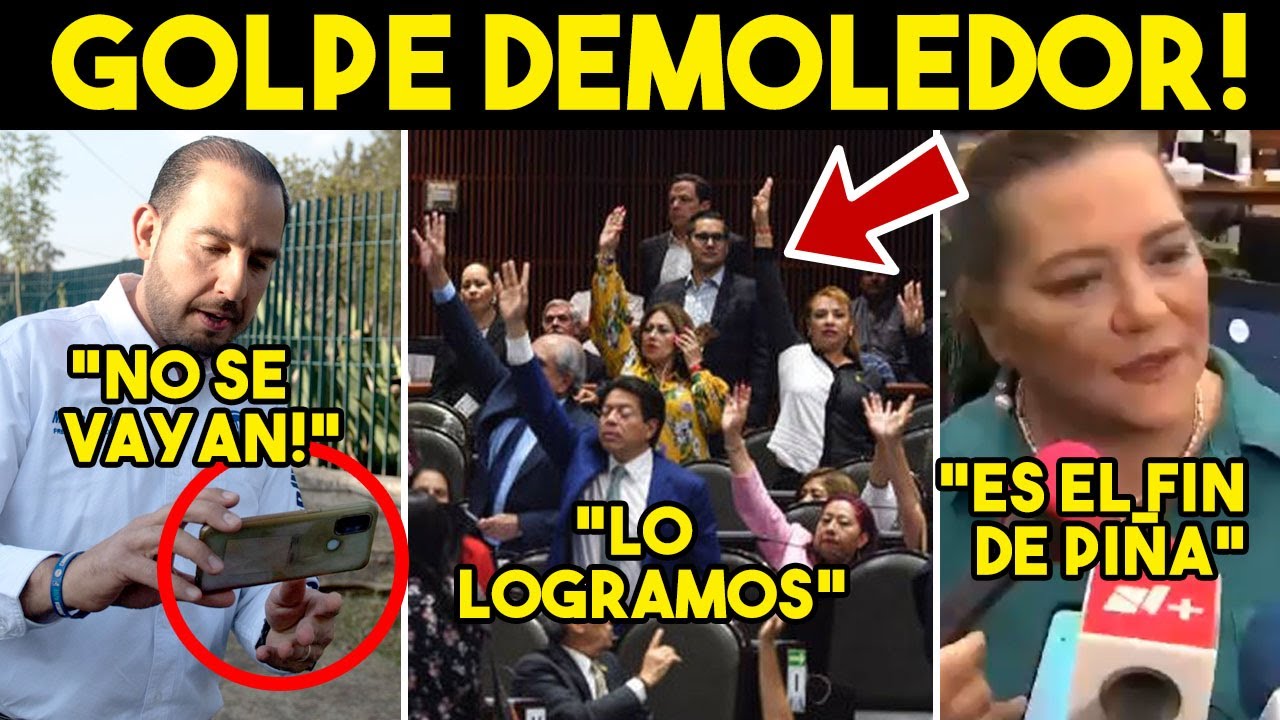Two Pot Retirement Update - What to do come 1 September 2024
Summary
TLDRIn this informative video, the Financial Bunny, Niket Masile, discusses the upcoming two-part retirement system reform in detail. Set to be implemented on September 1, 2024, the reform allows for partial withdrawal of retirement funds annually, with a cap on the amount. Masile emphasizes the importance of understanding the changes, consulting with financial advisors or fund administrators, and being aware of tax implications and minimum withdrawal thresholds. He also highlights the need for active instruction to initiate withdrawals, as they will not happen automatically.
Takeaways
- 📅 The two-part retirement system reform comes into effect on the 1st of September 2024.
- 👴 This reform is particularly important for those nearing retirement or those who belong to employer-sponsored pension funds.
- 💬 Minister Enoch Gog Guana's budget speech provided updates on the retirement reform, sparking discussions and jokes about 'go get your money' on the 1st of September.
- 📈 The reform allows for partial withdrawal of funds from retirement funds, a change from the previous system where funds could only be withdrawn upon changing jobs or retiring.
- 🚨 It is crucial to understand the specifics of the reform, especially for those with vested retirement funds, and to consult with HR, financial advisors, or fund administrators.
- 🔄 The government will seed the savings component of the new system using 10% of the vested funds up to a cap of 30,000 Rand.
- 💰 A minimum of 2,000 Rand in the savings component is required to make a withdrawal, and the withdrawal is not automatic - instructions must be given.
- 💹 Tax implications are significant when withdrawing funds, and the actual amount received will be less than the expected amount due to taxation and potential fund fees.
- 🔄 For the next financial year, contributions will be split with one-third going to the savings component and two-thirds to the retirement component.
- 🚫 The retirement component cannot be touched until retirement, ensuring a secure financial future post-employment.
Q & A
What is the two-part retirement system being discussed in the video?
-The two-part retirement system is a retirement reform that allows individuals who are part of a retirement fund to partially withdraw funds annually. It consists of a savings component and a retirement component, with the latter being inaccessible until retirement.
When does the two-part retirement system go into effect?
-The two-part retirement system is set to go into effect on the 1st of September 2024.
What was the reaction in Parliament when the implementation date was mentioned?
-There was a buzz in the room, indicating a significant interest and anticipation for the changes the two-part retirement system would bring.
What should individuals do if they belong to an employer-sponsored pension fund?
-They should speak to their HR department and ask to be connected to the pension fund administrator for guidance on how the reform affects them.
What is the role of a financial advisor in this context?
-For those contributing to a retirement annuity independently with the help of a financial advisor, it is recommended to consult with that advisor or contact the company holding their RA for assistance in understanding the reform's implications.
What is the maximum amount one can withdraw from their retirement fund under the new system?
-There is a cap on the withdrawal amount. It is 10% of the funds up to a maximum of 30,000 Rand, regardless of the actual percentage calculated.
How does tax affect the withdrawal from the savings component?
-Withdrawals are subject to tax, which might reduce the expected amount received. It is important to factor in tax implications when planning for withdrawals.
Is the withdrawal from the savings component automatic?
-No, the withdrawal is not automatic. Individuals must provide explicit instructions to their pension fund administrator to initiate the withdrawal.
What is the minimum balance required in the savings component to allow a withdrawal?
-There must be a minimum of 2,000 Rand in the savings component for a withdrawal to be permitted.
What happens to the vested component of an individual's retirement fund?
-The government will use funds from the vested component to seed the savings component, up to the allowed limit of 30,000 Rand.
How will the two-part retirement system affect individuals with significant contributions to their retirement fund?
-Even with significant contributions, there is no clear maximum limit on how much can be accumulated in the savings component. However, withdrawals from the savings component will be subject to tax and potential fees.
Outlines

Esta sección está disponible solo para usuarios con suscripción. Por favor, mejora tu plan para acceder a esta parte.
Mejorar ahoraMindmap

Esta sección está disponible solo para usuarios con suscripción. Por favor, mejora tu plan para acceder a esta parte.
Mejorar ahoraKeywords

Esta sección está disponible solo para usuarios con suscripción. Por favor, mejora tu plan para acceder a esta parte.
Mejorar ahoraHighlights

Esta sección está disponible solo para usuarios con suscripción. Por favor, mejora tu plan para acceder a esta parte.
Mejorar ahoraTranscripts

Esta sección está disponible solo para usuarios con suscripción. Por favor, mejora tu plan para acceder a esta parte.
Mejorar ahoraVer Más Videos Relacionados

BAHAYA!! Jangan Taruh Dana Pensiun dalam Bentuk Non-Likuid Semua

65歳時点で◯◯万円あれば老後は楽勝!?具体的な計算方法・考え方をご紹介!

Como funciona a Previdência. E qual o debate sobre a reforma

Do Pensions Make a Difference in Retirement?

SE ACABO! 4T SACA APLANADORA, DESBANDADA EN OPOSICION. AMLO FELIZ. SALE TADDEI, APRIETA A PIÑA

Ist unser Rentensystem am Ende? | MrWissen2go EXKLUSIV
5.0 / 5 (0 votes)
